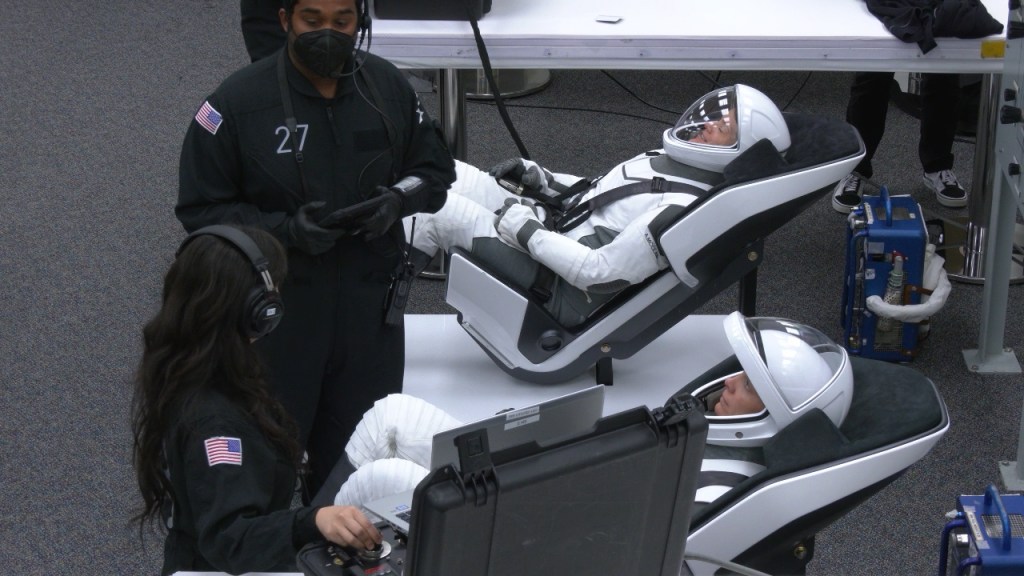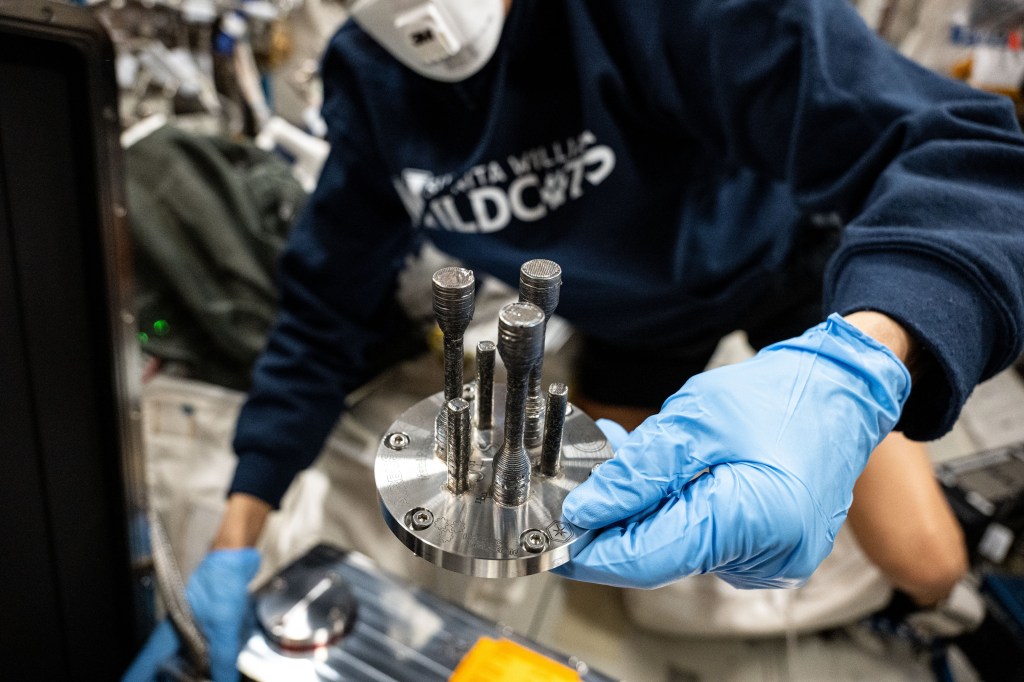NASA is gearing up to launch a new set of X-ray eyes on the cosmos. The first space observatory of its kind, the Imaging X-ray Polarimetry Explorer, or IXPE, is built to study some of the most energetic objects in the universe – the remnants of exploded stars, powerful particle jets spewing from feeding black holes, and much more.
IXPE won’t be as big and strong as the Chandra X-ray Observatory, NASA’s flagship X-ray telescope. But what IXPE lacks in imaging power, it makes up by seeing an aspect of cosmic X-ray sources that has gone largely unexplored until now – polarization.
“The launch of IXPE marks a bold and unique step forward for X-ray astronomy,” said Dr. Martin Weisskopf, IXPE’s principal investigator. “IXPE will tell us more about the precise nature of cosmic X-ray sources than we can learn by studying their brightness and color spectrum alone.”
An X-ray Polarization Primer
X-rays are a form of high-energy light. They originate from places where matter is under extreme conditions – violent collisions, enormous explosions, 10-million-degree temperatures, fast rotations, and strong magnetic fields. They carry detailed information about the powerful phenomena that produce them. But Earth’s atmosphere blocks cosmic X-rays from reaching the ground, so they can only be collected by telescopes in space.
Polarized light carries unique details about where the light comes from and what it passes through. Light is made up of interconnected waves of electric and magnetic fields that interact with each other in a way that makes them oscillate, or vibrate, at right angles to the path the light is traveling. The vibrations can be up-and-down, side-to-side, or anywhere between. Polarized light is made up of electric fields that vibrate in just one direction.
Light from a typical bulb, for example, produces electric fields that vibrate every which way. If the light is scattered or reflected by particles or surfaces, the light can become polarized – with vibrations aligned in just one direction.
Seeking Answers to Fundamental Questions
By analyzing polarized X-rays with IXPE, scientists can learn more about the structure and behavior of celestial objects, their surrounding environments, and the physics of how X-rays come to be.
IXPE’s polarization measurements will also hold clues to questions astronomers have wondered about for decades, such as:
- What is the spin of a black hole?
- What powers the mysterious brightness of pulsars – spinning dead stars so dense that a spoonful would weigh as much as a mountain on Earth?
- Does our understanding of the fundamental laws of physics hold up throughout the whole universe?
“IXPE will help us test and refine our theories of how the universe works,” Weisskopf said. “There may be even more exciting answers ahead than the ones we’ve hypothesized. Better yet, we may find whole lists of new questions to ask!”
For Weisskopf, who is also the project scientist for Chandra, adding polarization to the X-ray mix has long been a goal. Making such measurements is difficult. It requires sensitive instruments, a rocket ride into space, and long observing times.
IXPE’s powerful new X-ray vision is made possible by state-of-the-art polarization detectors developed in Italy. IXPE carries three identical telescopes. Each has a set of nested, cylinder-shaped mirrors that collect X-rays and feed them to a detector, which takes a picture of incoming X-rays and measures both the amount and direction of polarization.
“This is going to be groundbreaking in terms of X-ray data acquisition,” Weisskopf said. “We’ll be analyzing the results for decades to come.”
IXPE is set to launch Dec. 9 on a Falcon 9 rocket from NASA’s Kennedy Space Center in Florida. IXPE is a partnership between NASA and the Italian Space Agency. Ball Aerospace is the main industry partner.
Written by Rick Smith, NASA’s Marshall Space Flight Center





























